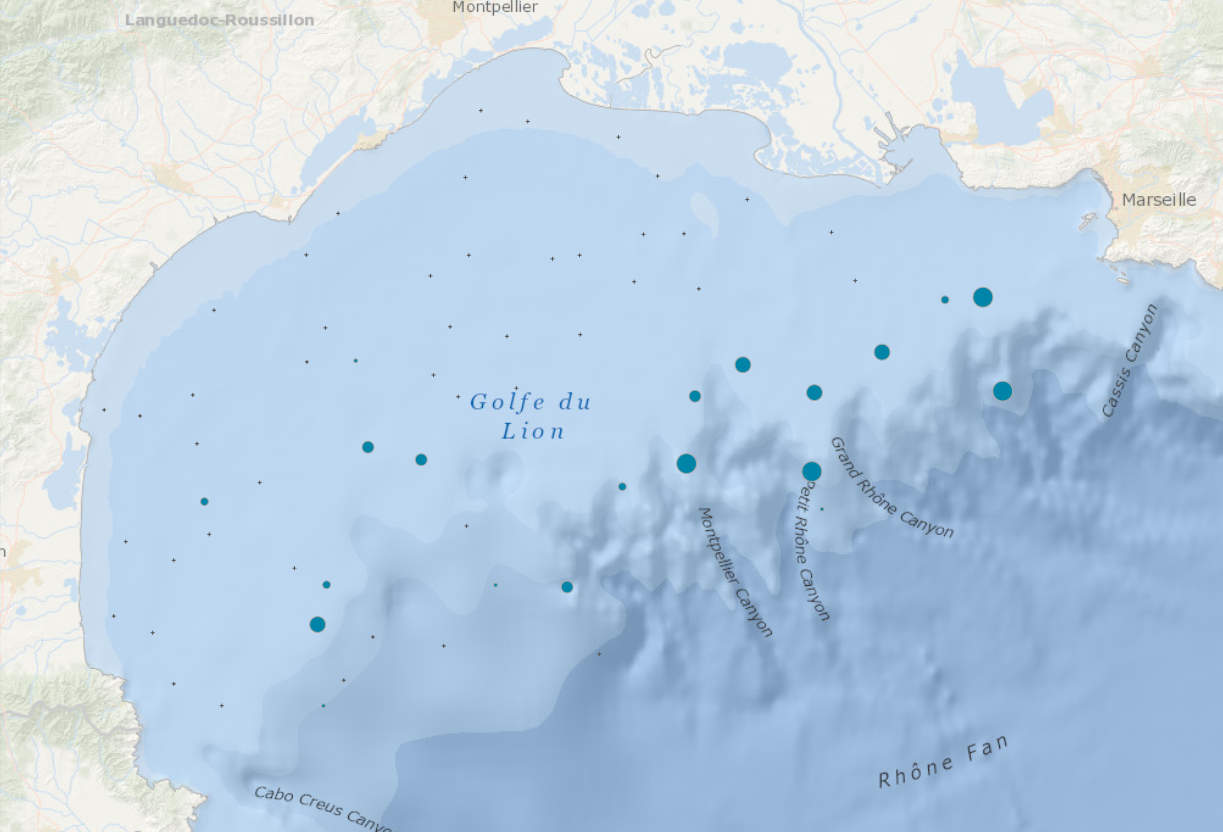Raja clavata
Type of resources
Available actions
Topics
Keywords
Contact for the resource
Provided by
Years
Formats
Representation types
-

We genotyped 1680 thornback ray Raja clavata sampled in the Bay of Biscay using a DNA chip described in Le Cam et al. (2019). After quality control 4604 SNPs were retained for identifying potential sex-linked SNPs using three methods: i) identification of excess of heterozygotes in one sex, ii) FST outlier analysis between the two sexes and iii) neuronal net modelling. Genotype coding: 0 homozygous for major allele, 1 heterozygous, 2 homozygous for minor allele. Flanking DNA sequences of SNPs identified with methods i) and ii) are also provided.
-

We developed a panel of single nucleotide polymorphism (SNP) markers for thornback ray Raja clavata using a RADSeq protocole. Demultiplexed sequences were aligned to the genome of Leucoraja erinacea which was used as reference genome. From an initial set of 389 483 putative SNPs, 7741 SNPs with the largest minor allele frequency were selected for implementation on an Infinium® XT iSelect-96 SNP-array implemented by LABOGENA DNA. For the array, SNPs [T/C] and [T/G] were replaced by those from the complementary strand [A/G] and [A/C] respectively. For some SNPs, a second SNP was found in the 50 nucleotide bases flanking sequence. In these cases, two SNP probes were developed with each of the two alleles of the second SNP. A SNP probe naming convention was adopted to identify these pairs of probes corresponding to the same SNP locus: “MAJ” or “MIN” followed by the corresponding base was included in the probe name. For some of these pairs, only one of the two markers could be developed, resulting in a total set of 9120 SNP probes, including 6360 single SNP probes, 10 MAJ or MIN probes for which a single probe was successfully developed, and 1375 pairs of probes with MAJ and MIN versions. The 9120 SNP genotypes were then scored using the clustering algorithm implemented in the Illumina® GenomeStudio Genotyping Analysis Module v2.0.3 for 7726 individual samples, including duplicates, mostly from the Bay of Biscay but also from the Mediterranean Sea and West Iberia. Overall, 1643 SNPs failed to be genotyped in all individuals, for 319 markers the minor allele was not found and 7158 markers (including 1974 for 987 MIN-MAJ pairs) produced bi-allelic genotypes. The majority of these SNPs had a minor allele frequency between 0.1 and 0.5. The MIN-MAJ probes can be used for quality checking the genotyping results
-

La densité (nombre individus/km²) a été calculée annuellement à partir des données de la campagne MEDITS entre 2015 et 2019 puis la moyenne et l'écart-type ont été calculés par station sur cette période. Les densités ont été calculées par stade de vie quand cela était possible (juvénile, adulte, indéterminé).
-

La densité (nombre individus/km²) a été calculée annuellement à partir des données de la campagne MEDITS entre 1994 et 2019 puis la moyenne et l'écart-type ont été calculés par station sur cette période. Les densités ont été calculées par stade de vie quand cela était possible (juvénile, adulte, indéterminé).
 Catalogue PIGMA
Catalogue PIGMA